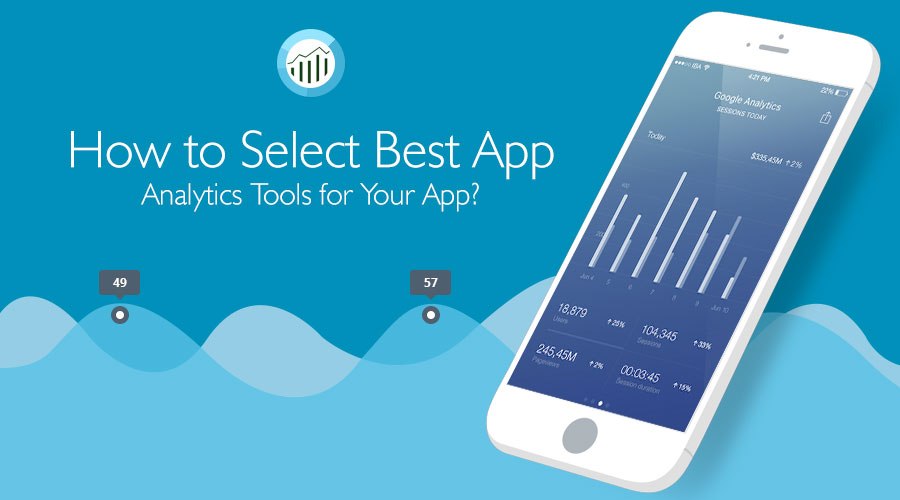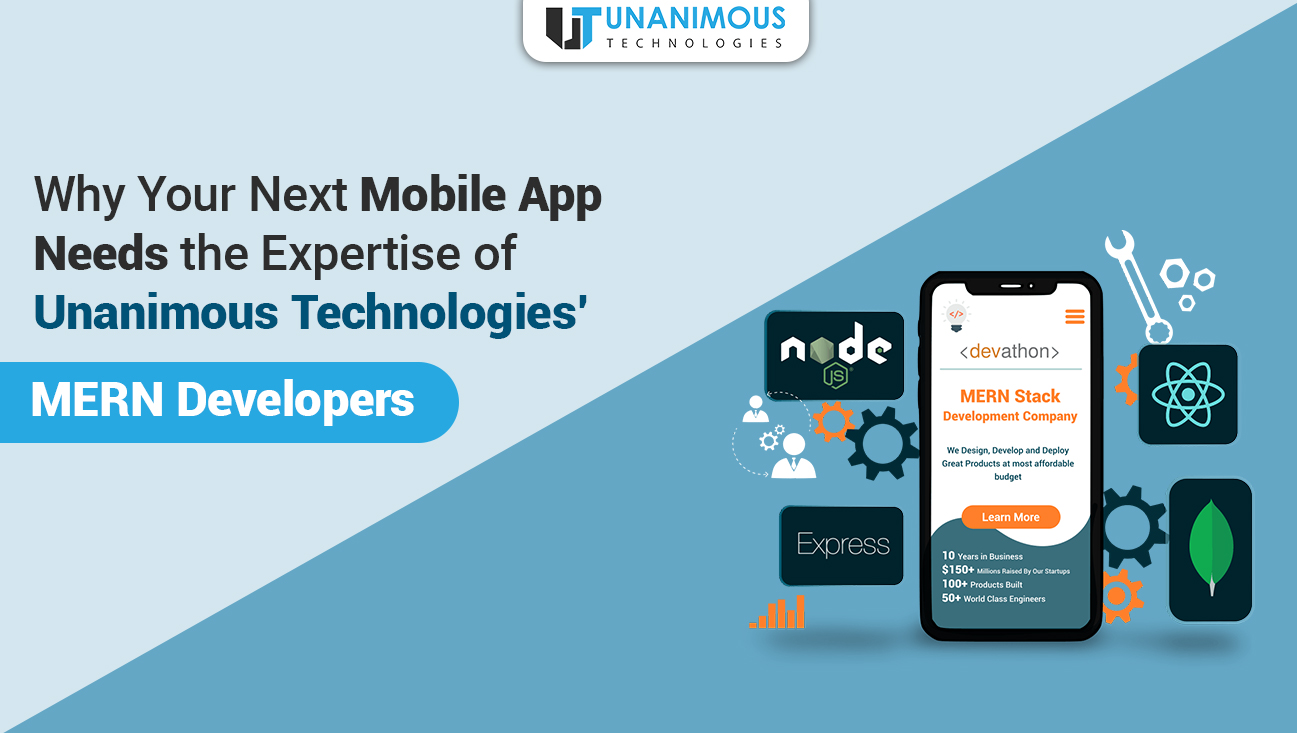Since the mobile app ecosystem has developed, the number of app analytics tools have flame-up. These tools help app developers and marketers understand their users, improve the user experience, inform the product roadmap, and improve revenue.
These app analytics tools occupy a compelling and rapidly growing space within the large marketing technology universe, thanks to the growth of the app economy.
These tools are available at multiple price points for different categories of users and start from free all the way to thousands of dollars per month.
Here’s a roundup of 14 tools that you might want to look at if you’re an app maker.
Some of these tools are designed for niche use cases (e.g. for running heatmaps) while other covers the complete stack, from marketing attribution to in-app analytics and app store optimization.
- Countly
Countly is a real-time, open source mobile analytics and marketing platform.
With Countly you can:
Increase loyalty and engagement with push notifications.
Track by session frequency, custom events, geography, devices, and individual users.
Get real-time crash reporting for all mobile platforms.
Drill deep into data without running any fancy SQL queries.
 Countly can be self-hosted on your own framework and the Company Version can be used for on a free forever model. Thanks to the open source nature of the tool you can create your own plug-ins and gain more flexibility than other off-the-shelf solutions.
Countly can be self-hosted on your own framework and the Company Version can be used for on a free forever model. Thanks to the open source nature of the tool you can create your own plug-ins and gain more flexibility than other off-the-shelf solutions.
- Firebase Analytics
Firebase begun out as just a real-time database but has developed into a comprehensive app analytics and growth platform. Acquired by Google, it is a free and unlimited analytics solution without any quotas, sampling or paid tiers.

With Firebase analytics you can: –
Get infinite reporting on up to 500 event types, each with 25 attributes.
Find out which users are engaged, which features are the most popular, which push notifications to work, and run attribution and revenue reporting.
To find out more data on events, user properties, conversion rates, and audiences utilize the Firebase SDK and use that insight to run PPC ads on Google platforms.
Integrate your data with BigQuery, run your own data analysis, create custom dashboards, and visualize your data any way you want.
- Google Mobile App Analytics
Google Version can also be used for Mobile Apps to estimate user interplay and improve app experience.
By default, Google Analytics for apps gives you the following data:
- the number of users and sessions.
- session duration.
- operating systems.
- device models.
- Geography.
 You can follow this implementation guide to get more detailed information about your apps and users and answer questions like:
You can follow this implementation guide to get more detailed information about your apps and users and answer questions like:
What actions are your users performing inside the app?
How much money are users spending on the app?
Are users completing your app objectives?
How do users with specific characteristics behave in-app?
How long does it take for users to perform a specific task?
What does the user navigation path inside look like?
You can implement Google App Analytics using the SDK.
- Fabric
Fabric was a progression of developer tools originally built by Twitter and gained by Google.
 With Fabric, you can:-
With Fabric, you can:-
Get real-time data on crash reporting and real-time analytics.
Get alerts on issues which might affect your app performance so that you can take proactive steps to maintain app availability.
Effective users in-app can be traced to real-time.
Slice user’s movement data can be traced in any way.
Inject live social content to boost user engagement.
Optimize your onboarding flow and boost retention.
You can get started with Fabric for free.
- Mixpanel
Mixpanel is an event-based analytics tool that can be used by mobile app developers. Once their SDK is established we can create custom events and track the data inside the app.

With Mixpanel you can:
Find out which users are engaging with your app.
Can also find why users are dumping your app or uninstalling it.
Engage with users through push notifications and emails.
Create custom public and set up triggered alert.
Run A/B testing on your messages.
The Mixpanel SDK works won’t misreport even if your app is offline. Its short impression and effective algorithm optimizes the amount of data sent and assure that your app doesn’t face bloat and that its performance is snappy.
- Clevertap
One of the courage of Clevertap is its sturdy suite of segmentation tools.
This is also helpful in finding out how many people are using your app in real time and determine how many users are new vs. returning. You can also distribute them into multiple segments and set triggers that dynamically move them from one segment to another based on preset observable conditions.
These sparks can also fire push notifications or emails, allowing you to improve your engagement rates.
 Clevertap has a free trial and is installed on over 450 million devices.
Clevertap has a free trial and is installed on over 450 million devices.
That data can be used by work teams to add or refine features and promote onboarding and user flows through the app.
After coordinating Clevertap with the app code, you can create custom events, set up event-based funnels, and track user action through the app.
You can go deep while framing up channels and evaluate and correlate segments to find out which product features are working better than others.
- Piwik
Piwik is a free and highly customizable open source analytics platform.
 For mobile app analytics, Piwik offers SDKs for iOS, Android, and Titanium. It grants detailed report on active user numbers, caller demographics and device information, and performance of your app including errors and loading time.
For mobile app analytics, Piwik offers SDKs for iOS, Android, and Titanium. It grants detailed report on active user numbers, caller demographics and device information, and performance of your app including errors and loading time.
One of the interest of Piwik is data ownership. One can keep all user data instead of funneling it to third party services. This aspect also assures the privacy of user data.
Unlike other services, Piwik will take some time and technical expertise to get it working on your system. After all it’s highly customizable and extensible and can be hosted either on your own infrastructure or on Piwik owned cloud.
8. Apple App Analytics
Apple’s analytics tools can provide data on iOS and tvOS apps which no other third-party tool can do.
An exclusive factor about the data is the ability to track and count users by Apple ID instead of device type or arbitrary assigned IDs. This ensures that your usage data is precise and complete.
Apple App Analytics will tell you which selling channels deliver the highest significance in terms of downloads, revenue, and usage for your app. As many times app icon has been viewed on the App Store, use that impression data to calculate the install rate.
 Will also provide data on holding, active sessions, number of devices, and crash analytics.
Will also provide data on holding, active sessions, number of devices, and crash analytics.
Will need a developer account to access App Analytics.
- Amazon Mobile Analytics
Amazon Mobile Analytics helps in calculating app usage, app revenue and data on new vs. returning users, user retention, and custom in-app behavior events.
It can easily export the raw statistics into Amazon S3 and Amazon Redshift and carry out custom analysis on that data.
It can be used for free if the number of events is under 100 million and pay $1 for every million more.
 One more tool named as Amazon Pinpoint can use the information from Amazon Mobile Analytics to run campaigns for developing user engagement by targeting specific user types, fine tuning your messaging strategy, and tracking the results.
One more tool named as Amazon Pinpoint can use the information from Amazon Mobile Analytics to run campaigns for developing user engagement by targeting specific user types, fine tuning your messaging strategy, and tracking the results.
10. Devmate
DevMate is an app management and distribution platform.
 You can use basic DevMate features for free for up to 5 apps.
You can use basic DevMate features for free for up to 5 apps.
You can also use the tool’s distribution feature to track the performance of different versions of your app.
It provides in-depth analytics, comprehensive marketing metrics, and real-time conversion ratios. Number of visits, downloads, and sales are its type of metrics– to create reports on conversion rate, revenues and refunds, and funnel performance.
DevMate’s attribution coverage notify which marketing movement are driving the highest traffic, downloads, and sales, and gives you the download to sales and visits to sales conversion rates.
11. Flurry Analytics
Flurry Analytics is a Yahoo Developer Network product which lets you measure the user activity in your apps for free.
Flurry not only track for a single app, but for multiple apps on both iOS and Android platforms.
 This is helpful because you can compare the different versions of the same app and see how they are performing against each other.
This is helpful because you can compare the different versions of the same app and see how they are performing against each other.
Flurry’s machine learning aspect can also help you predict user’s age and gender in case you don’t have access to that data.
Customer actions can be segmented on basis of App report, method, install date, age, gender, language, geography and receiving channel and see bottlenecks in navigation which cause users to bounce.
You can also calculate churn rates.
Flurry character, populated by users exhibiting common usage patterns, can also help in understanding user interest and intent.
You can track users in-app actions, understand and visualize usage trends, and run user path subdivision.
12. Localytics
Localytics offers comprehensive set of session and usage data.
This data can also tell you the type of content or activity users are drawn to.
Find out data on session length, average sessions/user, and number of sessions.

Favor exclusive information gathered in real time along with extremely adjustable filters to run custom analysis inside the app, along with industry benchmarking to find out how your app stacks up against the competition.
The custom control panel can save time by pinning frequently referred reports.

- AppAnnie
App Annie helps in tracking app performance around usage, downloads, revenue and spend across countries and app stores– for free.
You can access App Annie reports through web dashboard, CSV export, emails, and through their iOS and Android app.
Other metrics you can record in the app include performance of ad campaigns based on return on ad spend, CPI and total number of active installs.
 App Annie works across all major mobile operating systems.
App Annie works across all major mobile operating systems.
App Annie helps in app localization strategy and grow user base by showing details on geographic spread of users. It also tells whether updates have impacted downloads and usage of your app.
14. AppsFlyer
While AppsFlyer has a strong attribution platform which helps to tie app installs back to every marketing campaign and media source, it is also blusters of several marketing analytics features which let you, among other things.
 Run response and cost reporting by crunching the response and click data sent by ad networks and media sources right to the control panels. This also lets you figure out the ROI of advertising.
Run response and cost reporting by crunching the response and click data sent by ad networks and media sources right to the control panels. This also lets you figure out the ROI of advertising.
Measure the omnichannel impact of mobile marketing by tying in data from BI or CRM systems, and find out the LTV of acquired app users on a channel by channel basis.
Download raw data via push API or email so that you can run your own offline analysis.
Get work reporting on marketing campaigns in real time, letting you tweak highly delicate campaigns which require constant optimization.
Preserve on real time API maintenance by getting 24/7 access to a data locker hosted on Amazon S3.
Contact Unanimous Studio’s For Integrating Any Of The Listed Services In Your Application.






